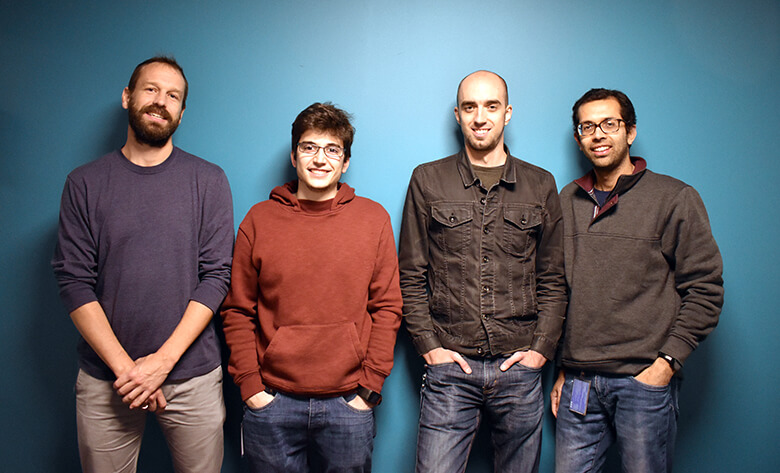Facebook Reality Labs Ventures into Simulating Audio Experiences
FRL is currently doing some exceptional work to create incredibly high-quality experiences of audio for Oculus Rift and Oculus Quest.
In order to create VR experiences that are believable and unique, building simulating audio experiences is a must. In this regard, Facebook Reality Labs (FRL) is currently doing some exceptional work to create incredibly high-quality experiences of audio for Oculus Rift and Oculus Quest for surreal and exceptional VR experiences.
The process of a sound reaching the ears of an average human being is complex. It depends on several factors such as the source of the sound, the nature of objects around, the vibrations caused, etc. If we talk about the gaming and VR systems designed till date, the most accurate sound they have been able to deliver on is the direct sound component that usually does not travel a long path to reach the ears of a listener. In this context, FRL is currently working on creating acoustic simulation technologies of the highest quality in order to generate reverberations and reflections according to the geometry of an environment.

The dream at Facebook Reality Labs started four years ago when Ravish Mehra, the Research Team Manager at FRL envisioned a world of unique audio experience between the virtual and the real world. Going forward, he was well aware of the challenges he and his team would have to encounter such as efficient room acoustics and high-quality spatial audio. However, he was confident about the research yielding results, and he shared as much.
In his words, “Solving the room acoustics problem is extremely computationally expensive, and I knew that accurately simulating the acoustics of the environment would not be enough. Any approach we came up with would need to satisfy the tight computational and memory constraints imposed by real-time VR applications.”
There have been countless obstacles in the research such as the involvement of the computational complexity of a realistic simulation of acoustics. That said, efforts are being made to sidestep this problem and many others to render an enhanced acoustic VR experience for the users in the future. The team of FRL is almost near its goal, and the efficient simulation engine designed by them promises a high level of audio fidelity that has not been experienced before.
The proof, as always, is in the pudding! Let’s wait for it!



